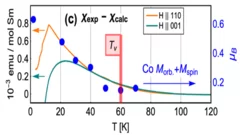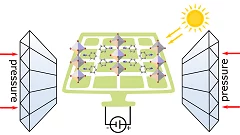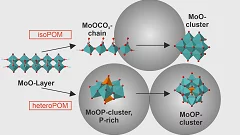The MS Group operates the Materials Science beamline and is interested in determining the atomic structures of technologically relevant materials using diffraction/scattering techniques. Areas of interest include surface and interface diffraction, particularly of complex metal oxides (perovskites); total scattering of nanoscale "real systems"; in situ diffraction and mechanically driven chemistry. We also provide a commercial service in collaboration with Excelsus Structural Solutions for studies of pharmaceutical interest and with Anaxam, for advanced manufacturing.
The Materials Science group operates two serially serviced end stations, including three different experimental tables. Upstream sits the high resolution powder diffractometer, ideal for XRPD and pair-distribution-function (PDF) studies, which can be carried out under a broad palette of sample conditions, covering a large range of temperatures, pressures, and sample types.
A second, versatile experimental table is used for forward scattering experiments with a large area detector (Pilatus 6M), ideal for single crystal, powder and cases 'in between', such as non-statistical powders or defective crystals.
Downstream, a large 5-circle surface diffractometer allows experiments to be performed on the detailed sub-Angstrom structure of surfaces and interfaces, also under various sample conditions.
Scientific Highlights
Crystal field rules heavy fermion delocalization in SmCoIn5
Crystal field rules heavy fermion delocalization
Mechanochromism of layered perovskites
The mechanochromism of hybrid 2D perovskites is probed at pressures compatible with practical applications
Direct mechanochemical synthesis of polyoxometalates
Polyoxomolybdates have been directly synthesized from basic reagents in a mechanochemical one-pot reaction.




